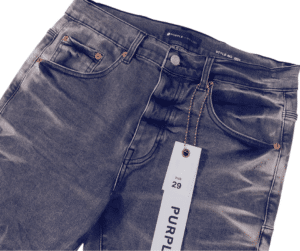Why Even Metal Buildings Should Be Inspected and Restored After a Flood
After a community has been severely damaged during a flood, it is then that the real work begins. A typical wood building will often need extensive repair and the building might need to be demolished completely. Of course, you can take steps to prevent water damage in your home. But flood damage can be a serious issue, causing mold to settle into the wood, drywall, carpet, and studs.
Cleaning up the mold is a job that will cost thousands of dollars and that is before factoring in the costs of removing the moisture that the flood has created. Because of this, many individuals have turned to metal buildings as a type of “insurance” if they are in a floodplain. However, it is a myth to believe a metal building is invincible to flooding. Consider some of these factors.
Origins of the Myth
Steel buildings have been popular overseas since the 1950s. Indeed, about the only reason, Japan was able to rebuild so quickly after the WWII bombing is because they turned to metal buildings instead of wooden buildings. However, steel buildings have only recently become popular in the United States since the late 1980s. This is because they are much more resistant to natural disasters. It’s true that metal buildings are very resistant to water and other environmental damages, but that doesn’t mean they’re immune. Prefab buildings have their own set of challenges after a natural disaster such as a flood.
Common Flooding Damages
Metal buildings may not be the hardest hit after a flood, but they still could possibly incur some damage that would be worth taking a look at. Common flooding damages on metal buildings can include such things as moldy drywall, soaked and mildewed carpet, damaged cabinets, and furniture on the main floor and some foundation issues.
Insulation and Flooring
A metal building could also incur some damage to its insulation and flooring. Insulation that has been water damaged can lead to more moisture in the air, which can cause a lot of chronic health problems for your employees or family members. Moreover, mold can get into the flooring and can spread. If left unchecked, the entire building could have to be gutted out in order to be repaired.
As you can see, you shouldn’t think for a minute that just because your building is composed of steel that it won’t have some problems after heavy flooding. You owe your community and yourself the opportunity to protect your property by having it inspected right away after a flood.







